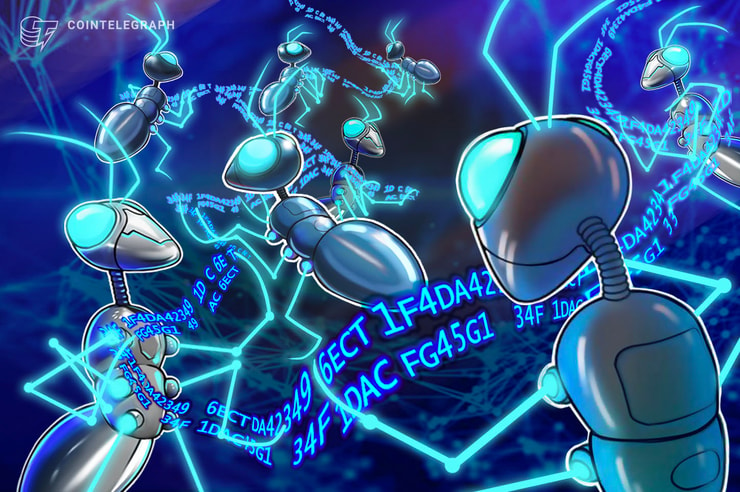Your guide to Bitcoin, Ethereum and Web 3.0

“I don’t care about the bear market,” Arianee CEO Pierre-Nicolas Hurstel said at NFT Paris last week in an interview with Decrypt.
Hurstel, whose company has helped high-end brands such as Yves Saint Laurent and Moncler quickly clarify that dip is “not nice”. NFTs— explained that the market slowdown means a real focus on practical use cases that will bring more people into Web3.
“During the bull, we got a phone call [call] every day from a brand that wants to make a million dollars with a stupid drop,” he said.
But now that the hype has cooled, “the collections that make money are real brands. They have a real product, they build a community around it, around creativity, collaboration,” said Hurstel.
And business is still booming for Arianee, in a way that Hurstel said suggests further mainstream adoption. “We minted 1 million NFTs last year, we’re going to mint probably 10 million NFTs this year, with more than 50 global brands,” he said. “This is going to affect my mother, your brother, your sister.”
Commenting on France’s unique position as a place to do Web3 business, he said it was not just new companies, but established household names that will drive greater uptake of crypto and NFTs.
“We have a rich ecosystem of brands, brands that have deep relationships around the world,” he said. “These brands are the brands that are going to take us from 100 million users to 1 billion users. It is through concrete, pragmatic use cases that are going to interact with people in their daily lives that Web3 is going to become mainstream.”
Real-world use cases will start to draw more people into Web3, because there will be a “good reason” for them to do so – whether it’s digital proof of ownership or a multi-brand customer loyalty program.
When buying a sustainable product, for example, a digital product passport can prove the item’s credentials, as well as allow the owner to prove it’s theirs.
“That’s going to be 80% of our mintage this year,” Hurstel said. “It’s going to touch wine and spirits, appliances, luxury, fashion, it’s going to help build a circularity model around this industry.”
Web3 aims for loyalty points
He also predicted that interoperable loyalty programs will bring more people into the Web3 fold, with brands issuing tokens that customers can then spend elsewhere. “Think about why you love your Amex program, why I love my Amex program – it’s because the points I get, I can transfer them to Airfrance or Delta. One click.”
While the cost of a loyalty program may currently be prohibitive for smaller companies, Hurstel suggested that the openness of Web3 will allow more brands to make loyalty transferable.
“The weight and cost of a loyalty program for companies is very complicated to maintain. If you suddenly benefit from a network effect thanks to the wallet and tokens, then you have an open loyalty program for everyone, everywhere.”
















![Considering about Bitcoin [BTC] will be a good “August visitor” Considering about Bitcoin [BTC] will be a good “August visitor”](https://www.cryptoproductivity.org/wp-content/uploads/2022/08/andre-francois-mckenzie-JrjhtBJ-pGU-unsplash-1-1000x600-120x120.jpg)






